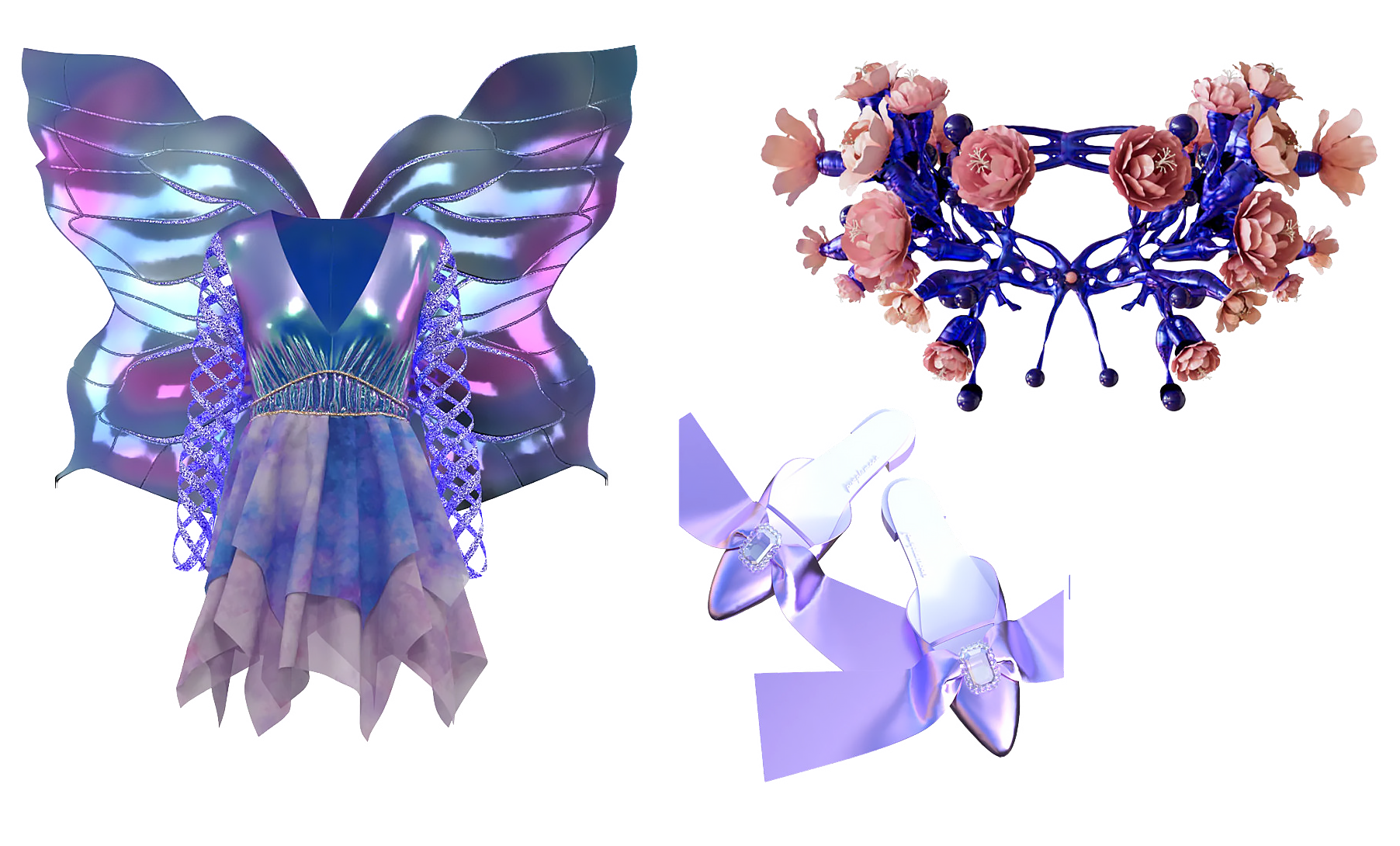Inside the cozy but creepy world of VR sleep rooms
Lo-fi chill music was playing in the distance. Shooting stars sliced through the sparkling galaxy overhead. I was defying physics, hovering in space, on my back. Relaxed, I yawned and stretched, my fist punching a pillow that I had forgotten about.
I was, of course, not in space. Physically, I was on a chaise in my home. Virtually, I was in one of many “sleep rooms” on the virtual-reality platform VRChat—virtual spaces where people can relax, and even sleep, with their headsets on. VR sleep rooms are becoming popular among people who suffer from insomnia or loneliness, offering cozy enclaves where strangers can safely find relaxation and company—most of the time.
Each VR sleep room is created to induce calm. Some imitate beaches and campsites with bonfires, while others re-create hotel rooms or cabins. Soundtracks vary from relaxing beats to nature sounds to absolute silence, while lighting can range from neon disco balls to pitch-black darkness. The opportunity to sleep in groups can be particularly appealing to isolated or lonely people who want to feel less alone.
That’s the case for Mydia Garcia, who began social sleeping almost a year ago: “I’d go dancing [in VR] till 3 a.m., and I was tired but I didn’t want to leave VR or my friends.” Garcia and their friends would visit secluded worlds and then cuddle together, finding the experience therapeutic and bonding.
Likewise, Jeff Schwerd discovered sleep rooms during the pandemic and found an antidote to loneliness. He likes to snuggle with strangers and often uses full-body tracking, which allows avatars to move in sync with IRL bodies, to imitate the feeling of being cuddled and held. Schwerd says it makes him feel protected and so more able to sleep. He finds the atmosphere of sleep rooms relaxing, too.
“My favorite place to relax alone is this grassy hill with a campfire,” he says. “I like hearing the sound of the fire.”
The company is not the only reason people fall asleep in VR. Scott Davis uses VRChat sleep rooms multiple times a week to fight his insomnia. “It’s so much easier to sleep in VR for me, and it has helped me get sleep more reliably,” he says. “Normally, outside of VR, I need to be quite fatigued to fall asleep. But in VR, I can go and lie down and fall asleep faster, even if I’m not tired at first.”
It’s why he returns to sleep rooms. “I can feel confident that I am controlling my sleep as an insomniac,” Davis says.
That feeling of control is a huge reason why VR can have a therapeutic effect for people with insomnia, says Massimiliano de Zambotti, a neuroscientist who researches sleep at the nonprofit SRI International.
“If you have insomnia, you go to bed and your brain starts spinning. You have worries and ruminations and your heart is racing. You’re not relaxed and in an elevated state of arousal, which prevents you from falling asleep,” de Zambotti says. “Neuroscientifically, VR works because you can modulate the environment you are in, but you have an anchor to reality and can feel safe enough to fall asleep.”
The trouble is, what if the experience doesn’t make you feel that way?
Feeling safe is crucial for relaxation and sleep, even if you are alone in your own bed at home.
I entered a sleep room one day and immediately heard the voice of a child in my ear. The kid, who had a robot avatar, tried and failed to engage me and a medieval knight in conversation. (My avatar was a stick of butter with a tiny top hat, because why not?) Exasperated, the robot floated over to the corner where about seven avatars were peacefully lying together, seemingly asleep. The child’s voice then taunted them: “I will kill you. I will literally kill you.”
It’s well known that the metaverse is full of underage users, and my journey through sleep rooms confirmed that kids pop up disturbingly often in these adult spaces. Another sleep room I visited was overrun with childlike voices speaking Spanish and French. I took an elevator up to a “roof” where I found a corner illuminated in red lights with plush, velvety couches. “Hi, I like your avi [avatar],” a kid’s voice said behind me. I swiveled around to find another robot avatar talking to what appeared to be a scarecrow. “I like yours too,” a man’s voice said. “Wanna cuddle?” The child floated away and I followed suit, unnerved.
Schwerd told me that he’d seen kids in sleep rooms, too. “You definitely get underage people being a nuisance,” he says. But he insisted that most sleep rooms were quiet and “respectful.”
As I roamed around, I mostly found this to be true. Some sleep rooms I stumbled into were empty and silent. Others had avatars nestled against each other, fast asleep. Still others had groups of avatars huddled together, awake but quiet, some whispering, others just relaxing. I often felt the need to mutter “Excuse me” and tiptoe, forgetting that since I was a drifting stick of butter in a room full of avatars, few would hear me or care.
I couldn’t fall asleep in VR. I was extremely aware of my surroundings and found the headset on my face uncomfortable. But while I found some rooms to be disturbing, I did discover sleep rooms that were hushed and peaceful, places to simply sit and be. In the real world, I struggle to find quiet places to relax in, and if nothing else, virtual sleep rooms offered me space and time to lie back and stare at the stars.




